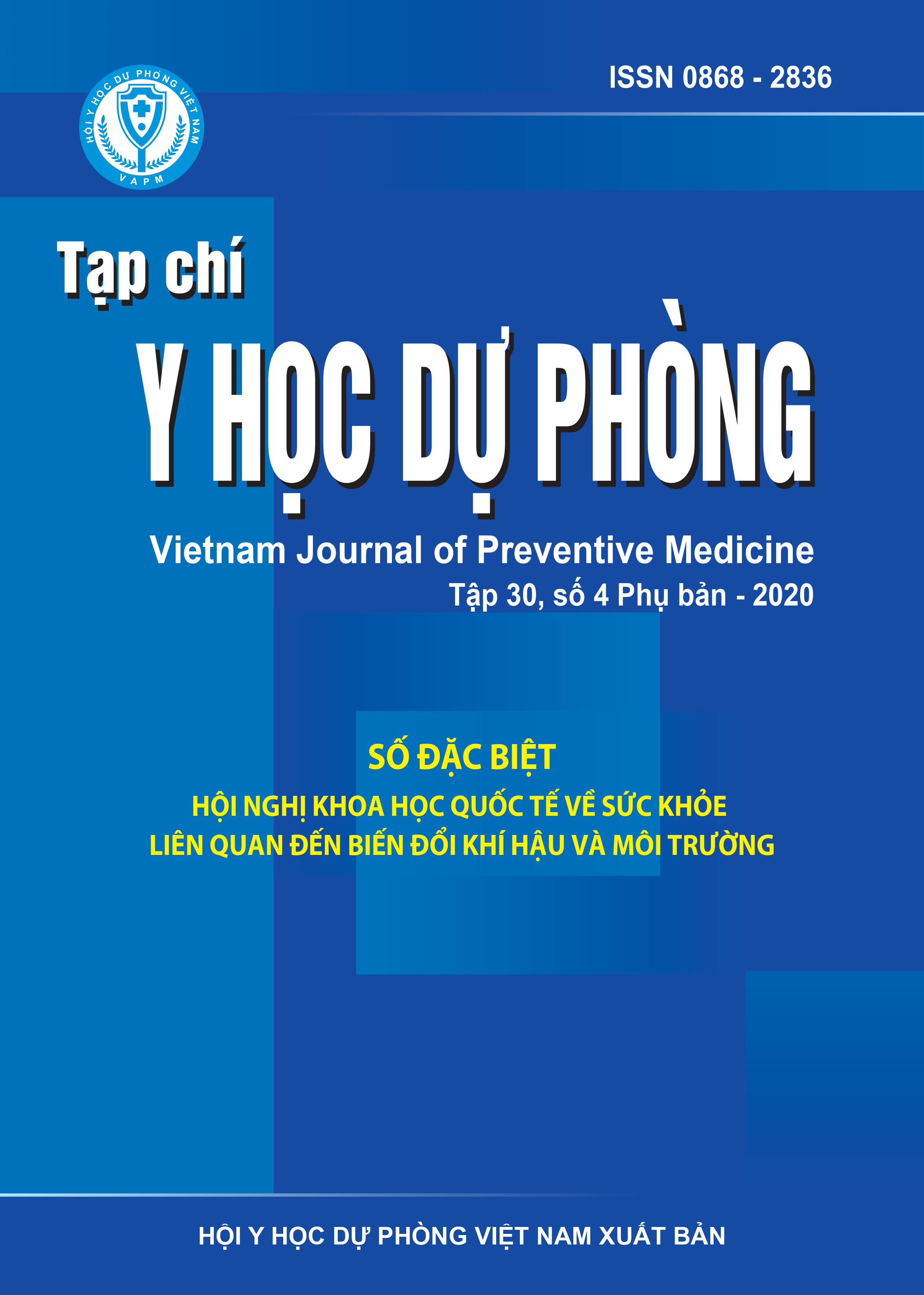Malaria transmission season in the context of climate change in Phuoc Son (Binh Phuoc province) and Ta Ca (Nghe An province) in 2013 - 2014
DOI:
https://doi.org/10.51403/0868-2836/2020/215Keywords:
Malaria, malaria transmisson season, climate changeAbstract
The study aimed to describe the current seasonal characteristics of malaria in the context of climate change, considering what has changed compared to the past. The study used cross-sectional study to collect monthly data. The results showed that the current malaria transmission season in Phuoc Son and Ta Ca has not changed compared to the previous period (2000-2012), malaria cases were recorded allyear round. In Phuoc Son commune, there are with one high peak from September to November. In Ta Ca commune, there are with one high peak from July to September. As a result of the vector malaria, in Phuoc Son, there are only the main malaria vectors: An. minimus; An. minimus develops all-year round, high density from July to November. In Ta Ca commune, the main malaria vectors have not been collected. Applying malaria control measures in the July of the year following malaria transmission season. Particularly in Ta Ca, malaria control measures
should be implemented sooner, around the May and June of the year in order to prevent malaria transmission in the high peak of malaria season.
Downloads
Downloads
Published
How to Cite
Issue
Section
License
Publication License No 150/GP-BTTTT signed on May 8, 2014;
Electronic Publication License No 322/GP-BTTTT signed on June 15, 2016.


